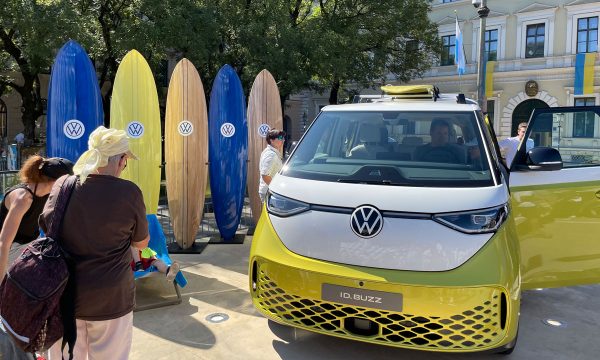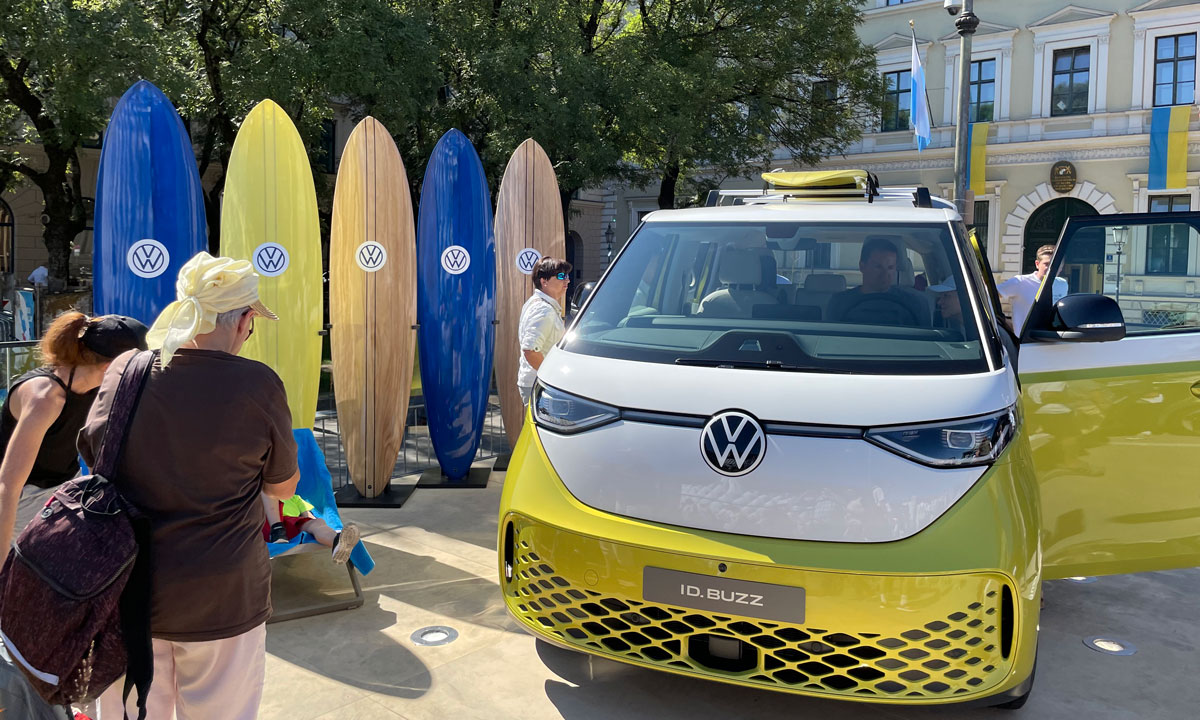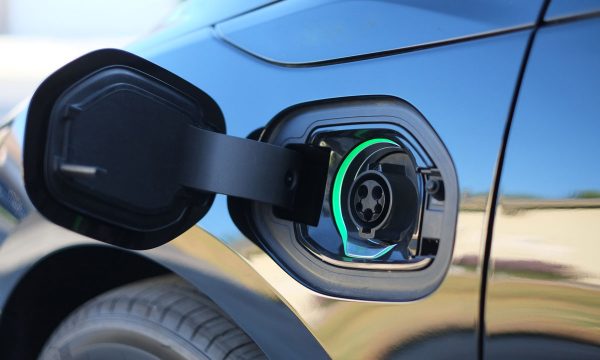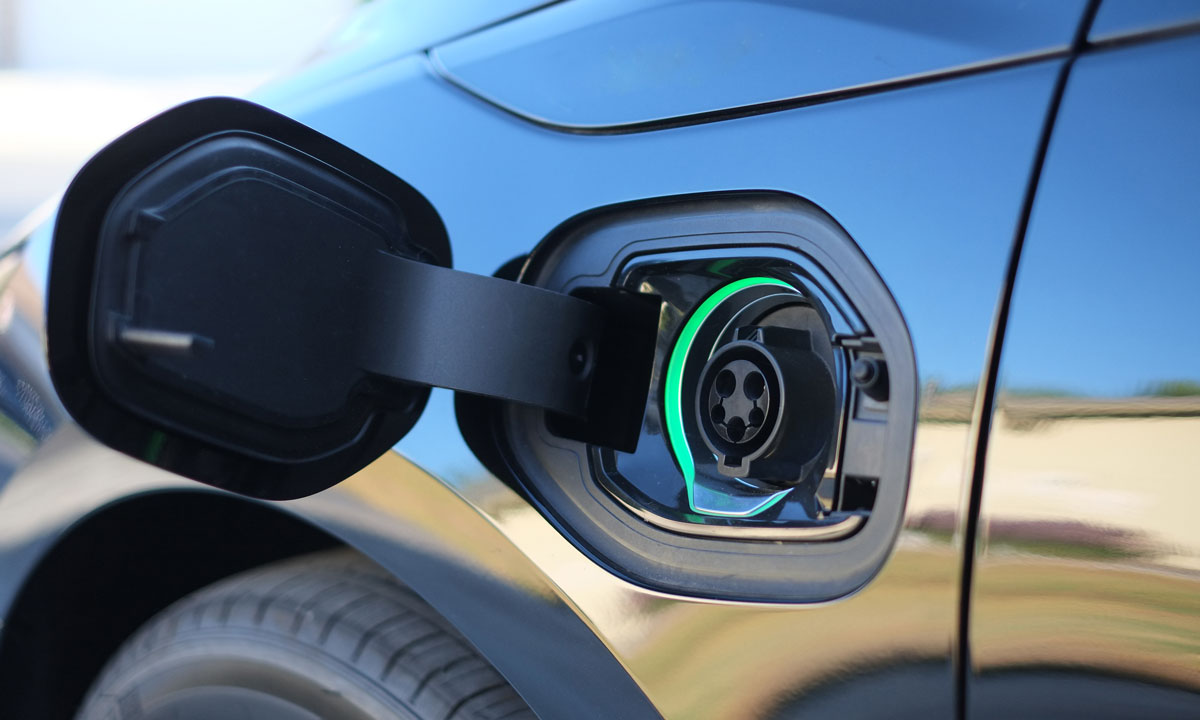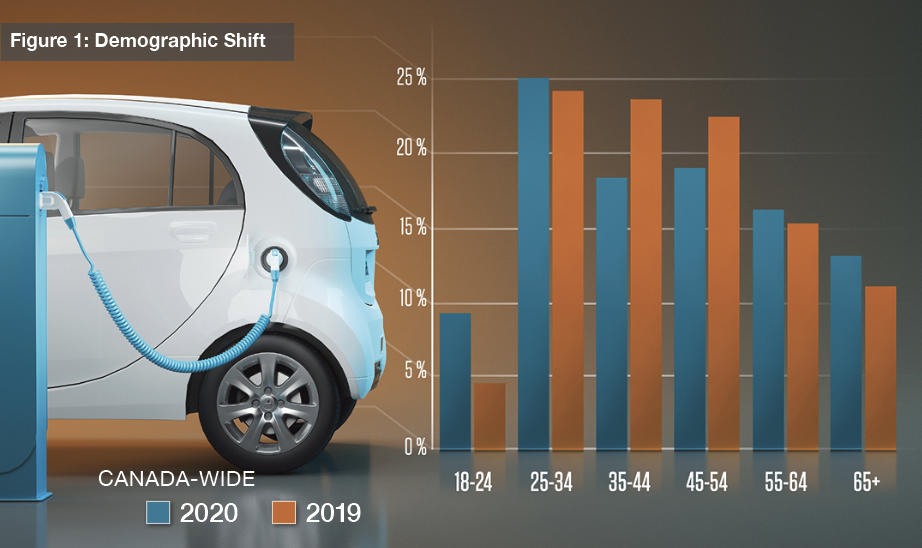
The messaging around electric vehicles has shifted, which means dealers will need to do the same.
Years of early adopters have created the personas used to shape marketing messages within the electric vehicle (EV) industry.
In this sector, it’s widely known that early adopters were individuals with high purchasing power who were willing to research their purchase. In a way, I’d say most of these people have facilitated many EV sales for dealers.
If you think this archetype of EV buyer is still the norm in Canada — read on — you might be surprised.
Through our unique perspective at ChargeHub, we are observing a steady shift in what we considered prospective EV buyers to be in 2020. We have over one million users on the ChargeHub platform, when combining our mobile app and web map. Our users include EV drivers, EV buyer prospects, and more.
In previous columns, I mentioned how in 2019 we were already starting to see more EV drivers within a younger demographic. By comparing our web and mobile demographic data from 2019 to 2020, we found that, across Canada, there continues to be a shift in demographic — transitioning to millennials (Gen Y) as the dominant age group that visits our website or uses our public EV charging map.
While the data has some limitations (for example, the age groups are relatively wide), the size of the sample and its national reach allow for clear patterns to emerge. See figure 1.
In 2020, the 18-24 age group (which includes the youngest millennials and the older Gen Z individuals) more than doubled its percentage in just twelve months. Meanwhile, nationally the core of the millennial age group (25-34) continued to grow. All this growth in the younger age groups has come at the expense of the 35-44 and 45-54 age groups. Not long ago, these were the two dominant groups when it came to EV interest.
Based on these numbers, it appears that millennials are becoming a dominant pool of potential EV buyers for Canadian dealerships.

It’s interesting to see that this shift is generally happening in all three provinces that individually define the EV market for the Eastern, Central, and Western regions. See figure 2.
The data shows that, regardless of the region, as members of Generation Y begin to enter an age where purchasing a vehicle is more accessible with more purchasing power, we see a peak in EV interests.
This can also indicate that, as members of Generation Z will begin to enter an age group with higher purchasing power, they will become a growing portion of the group of individuals interested in buying, leasing, or renting EVs.
Millennials are increasingly interested in EVs — for different reasons.
Based on these numbers, it appears that millennials are becoming a dominant pool of potential EV buyers.
At this point, mainstream media and channels have already clearly broadcasted that electric vehicles are better for the environment. This alone should not be seen as your path to turn millennials into your EV customers.
Go beyond “green.” Think of how millennials will want to use and be seen using these “green” vehicles. More often than not, the creative around millennials assuages the importance of work-life balance and the experience economy.
Canadian auto dealerships should keep these preferences in mind and design new customer journeys that echo this continuous shift in demographic. With government incentives and new long-range EV models entering the market at more affordable prices, the potential EV buying demographic is clearly evolving throughout Canada.
Shift the messaging to the experiences EVs offer that millennials will care about. A fresh mindset on who the EV prospects are today will empower Canadian dealerships to maximize the ROI of their campaigns.








